
views
Windows

Open the Task Manager. You can do this in a few different ways: Press Esc while you hold down ⇧ Shift+Ctrl. Press Del while you hold down Alt+Ctrl, then click Task Manager. Type "task manager" into the Start search bar, then click the Task Manager app at the top of the results.
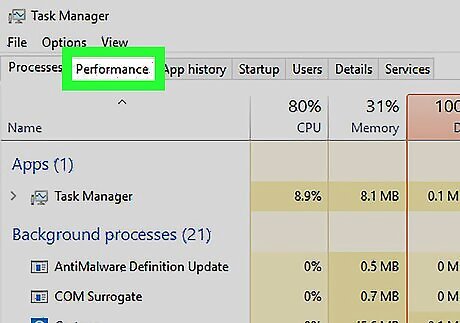
Click the Performance tab. It's at the top of the Task Manager window.
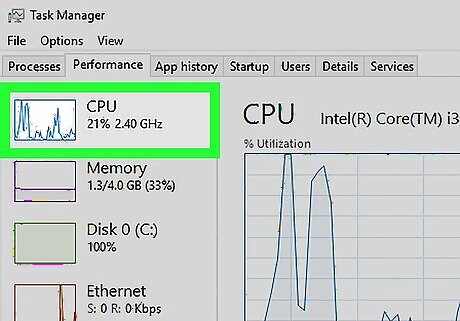
Click the CPU tab. You'll find this option on the left side of the Task Manager window. If you're using Windows 7 or down, skip this step.
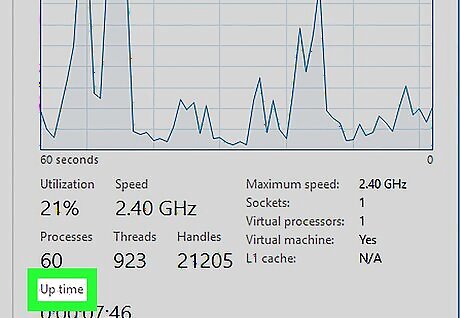
Find the "Up Time" heading. You'll see this in the bottom half of the Task Manager window.
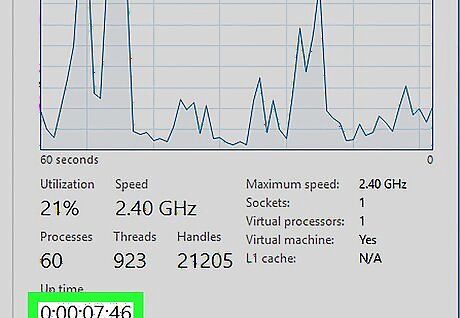
Look at the number right of the "Up Time" heading. This number, which will appear in DD:HH:MM:SS format, dictates the amount of time for which your computer has been on since you last turned it off. For example, an Up Time value of "01:16:23:21" would mean your computer has been on for one day, sixteen hours, twenty-three minutes, and twenty-one seconds without shutting down.
macOS

Click the Apple icon. It's on the top-left corner of the screen. Doing so will display a drop-down menu.
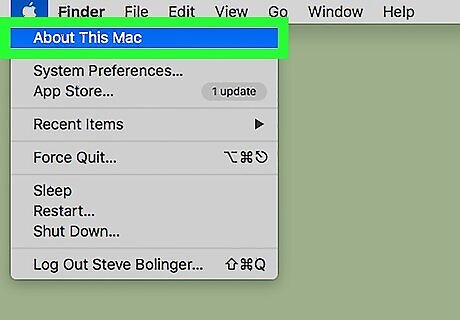
Click About This Mac. This option is near the bottom of the drop-down menu.
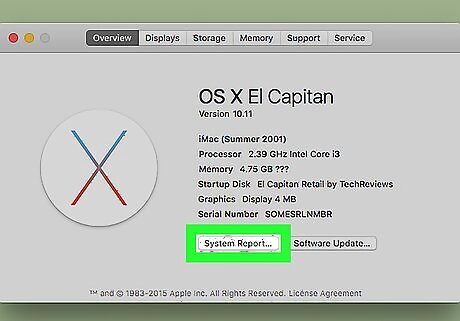
Click System Report. You'll see this on the left side of the "About This Mac" window.
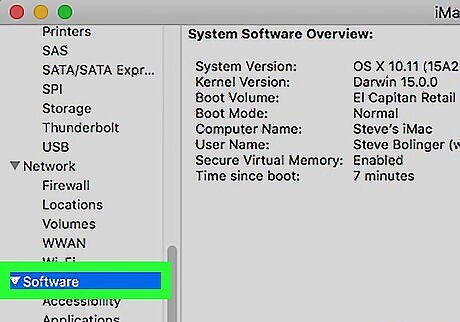
Click the "Software" heading. It's on the left side of window. Clicking this heading will open the "Software" overview in the main window here.
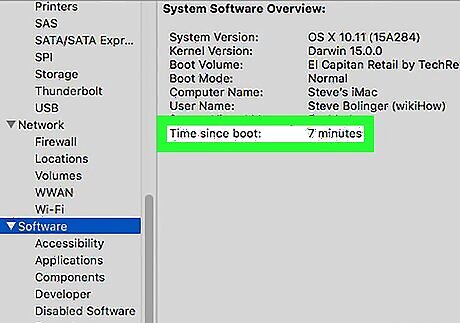
Find the "Time since boot" heading. This option is near the bottom of the list of information in the middle of the page. The number to the right of this heading determines how long your Mac has been on since its last shut-down.
Linux

Open the Terminal. You'll usually find the Terminal in the application menu of your distribution. If you are using GNOME, press ⊞ Win and type Terminal to find it.
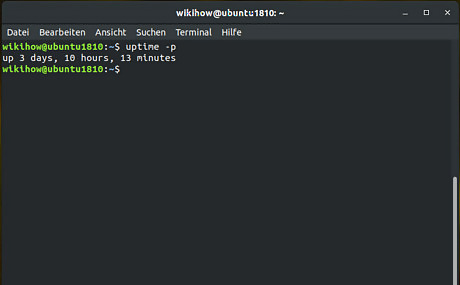
Type uptime -p and press Enter. This will output your PCs uptime.




















Comments
0 comment